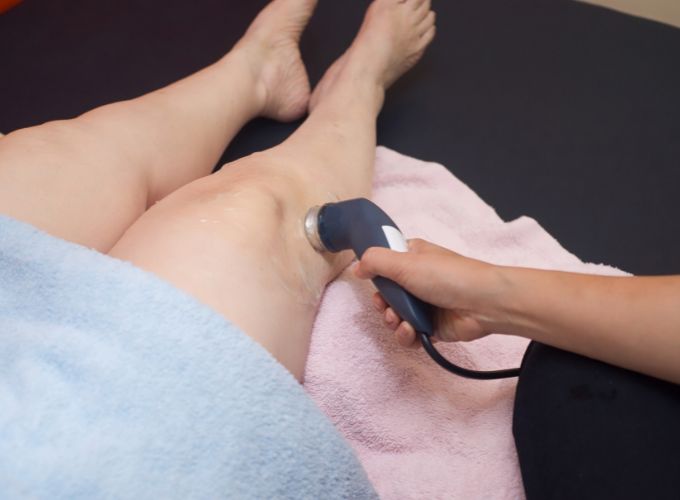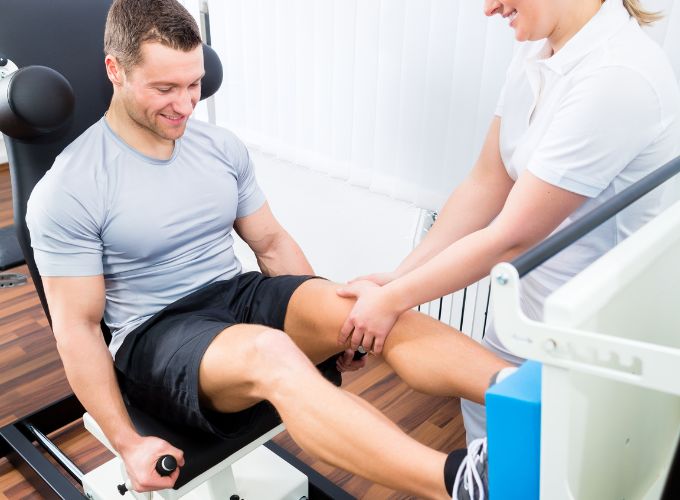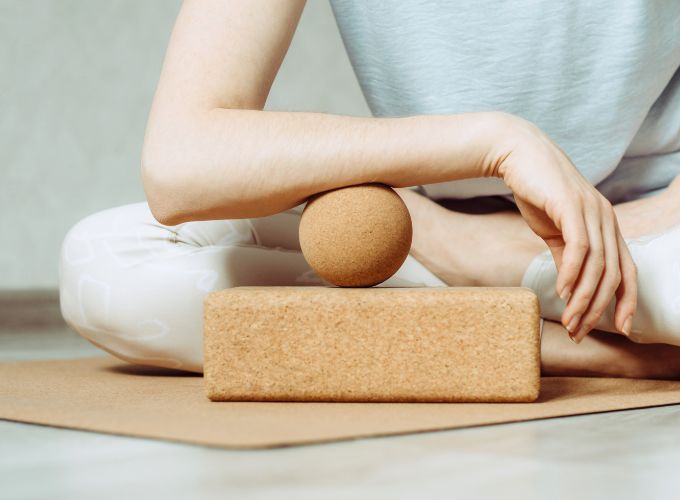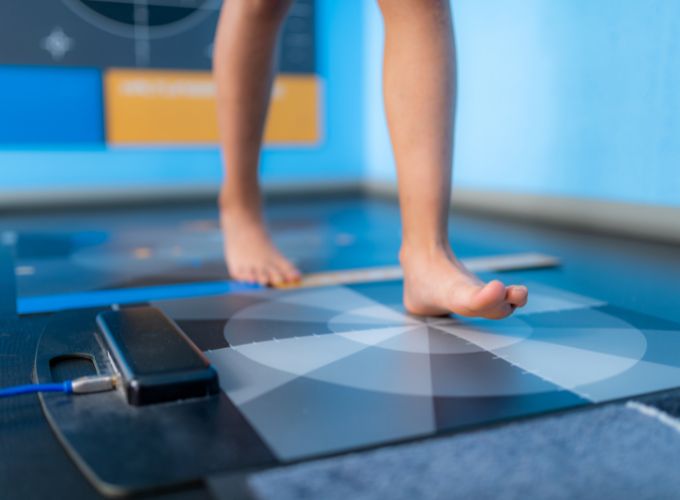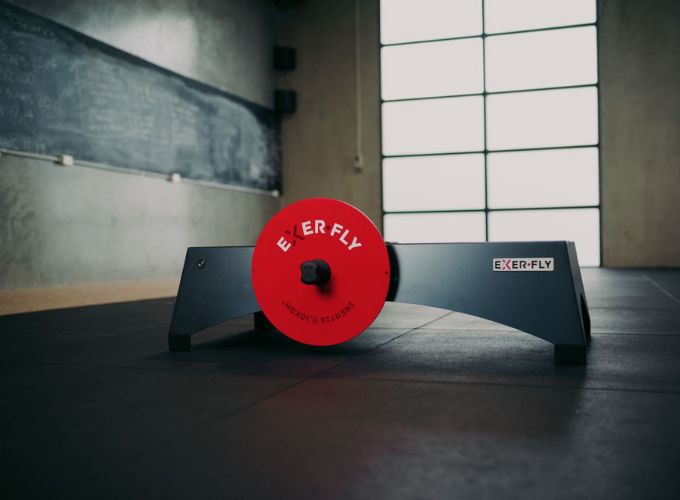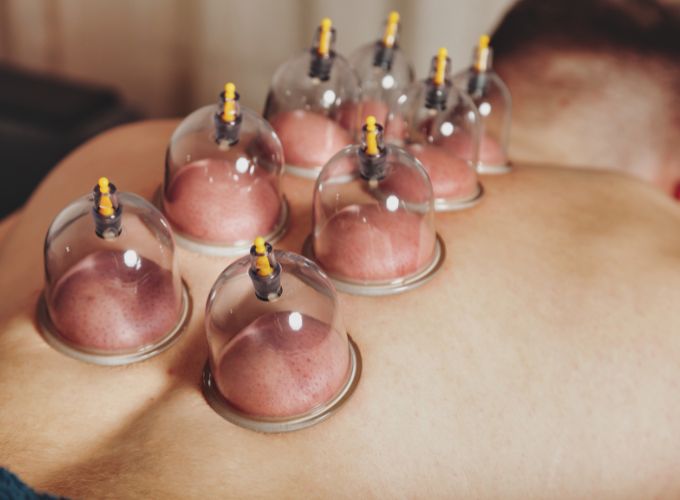Physical Therapy can help you overcome hip pain!
Are you having trouble falling asleep or getting out of bed in the morning due to hip pain? Is hip pain preventing you from working or enjoying your favorite activities? If you’re seeking effective methods for hip pain relief, Perfect Balance Physiotherapy can assist!
Many people resort to over-the-counter or prescription medications to manage hip pain. However, you can achieve long-term relief with the expertise of our professionals at our clinic. While medication may sometimes be necessary, physical therapy often addresses the root of the problem and restores function.
Physical therapy examines the whole person to identify the source of your hip pain without relying on risky medications or invasive procedures.
Schedule an appointment with one of our Physiotherapists today to discover how we can help you.
Common causes of hip pain include:
Greater Trochanteric Pain Syndrome (GTPS)
Greater Trochanteric Pain Syndrome (GTPS) is a condition characterized by pain and tenderness on the outer side of the hip, near the bony prominence called the greater trochanter. GTPS is often caused by irritation or inflammation of the tendons and soft tissues surrounding the hip, particularly the gluteus medius and minimus tendons. It can also be associated with inflammation of the trochanteric bursa.
Common symptoms include a deep or aching pain on the outer hip, which may worsen with activities such as climbing stairs, lying on the affected side, or prolonged standing. It’s often linked to overuse, poor posture, or muscle imbalances, and can also develop after a fall or trauma.
Treatment for GTPS typically involves a combination of rest, physiotherapy, anti-inflammatory medications, and activity modifications. In some cases, corticosteroid injections or other interventions may be recommended to reduce inflammation and relieve pain.
If you are experiencing persistent pain on the outer hip, a healthcare provider can help determine if GTPS is the cause and recommend an appropriate treatment plan.
Fractured Ankle
Hip dysplasia is a condition where the hip joint doesn’t develop properly, leading to an incomplete or shallow fit between the ball (femoral head) and the socket (acetabulum) of the hip. This can cause instability, discomfort, and over time, may lead to arthritis or joint damage. Hip dysplasia can range from mild to severe and may be present from birth (developmental dysplasia of the hip) or develop later in life.
Symptoms often include hip pain, a feeling of instability, or a limited range of motion, especially after activities like walking, running, or squatting. It can affect both children and adults, with younger patients typically experiencing better outcomes with early diagnosis and treatment.
Treatment varies depending on the severity and age of the patient include physiotherapy, lifestyle modifications, medications, or surgical options to improve joint function and prevent further damage.
If you’re concerned about hip discomfort or suspect hip dysplasia, it’s important to consult a healthcare provider for a thorough evaluation and tailored treatment plan.
Osteoarthritis of the Hip
Osteoarthritis (OA) of the hip is a degenerative joint condition where the cartilage that cushions the hip joint wears down over time. As the cartilage deteriorates, the bones of the hip joint may experience increased friction, leading to pain, stiffness, and reduced mobility. OA of the hip is more common in older adults, though it can also result from joint injuries, overuse, or genetic factors.
Symptoms typically include deep hip pain, difficulty with movement especially when standing up, walking, or climbing stairs, and stiffness after resting or in the morning. Over time, the pain may become more persistent and affect daily activities.
Treatment options focus on managing symptoms and improving joint stability and strength. These include physiotherapy, medications for pain and inflammation, lifestyle modifications, and in some cases, surgical options like hip replacement surgery can be highly effective.
If you’re experiencing persistent hip pain or stiffness, it’s important to see a healthcare provider for a proper diagnosis and to discuss the best treatment plan for your needs.
Femoroacetabular Impingement (FAI) Syndrome
Femoroacetabular Impingement (FAI) is a hip condition where abnormal contact occurs between the femur (thigh bone) and the acetabulum (hip socket), leading to pain and limited movement. It can be caused by two types of bony abnormalities: cam and pincer.
- Cam Impingement occurs when the femoral head (ball) is irregularly shaped and doesn’t move smoothly within the socket. This causes friction and wear on the hip joint, often leading to groin pain.
- Pincer Impingement occurs when the acetabulum (socket) is overly deep or extends too far over the femoral head, which creates an unnatural pinch between the bones during movement.
Both types of FAI can irritate the cartilage or labrum of the hip joint, leading to discomfort, stiffness, and difficulty with activities such as bending, sitting, or sports. Early diagnosis and treatment are crucial in managing the condition and preventing further joint damage.
Our physiotherapy team can help with customized exercises which will include strength and stability rehab, and pain management to improve function and reduce discomfort.
If you need help from any of these conditions, do not hesitate to
contact Perfect Balance Occupational Therapy for help.
What Are the Most Common Causes of Hip Pain?!
Our body parts work together to enable smooth movement. If one part of the system is malfunctioning, it can affect other areas of the body. The same applies to the hips. Issues with the feet, knees, or spine can contribute to hip pain.
Here are some of the most common causes of hip pain or dysfunction:
- Posture misalignment
- Atypical gait
- Hip flexor muscle injury or restriction
- Weak gluteus muscles
- Pinched sciatic nerve
Hip pain can be caused by a variety of injuries, including:
- Acute injuries (i.e., sprains, strains, and fractures)
- Tears in the cartilage/labral tears
- Injuries caused by overuse (tendinitis)
- Arthritis and degenerative changes
A comprehensive evaluation by our licensed physiotherapist is the most effective way to pinpoint the true cause of your hip pain. Schedule an appointment with Perfect Balance Physiotherapy today!

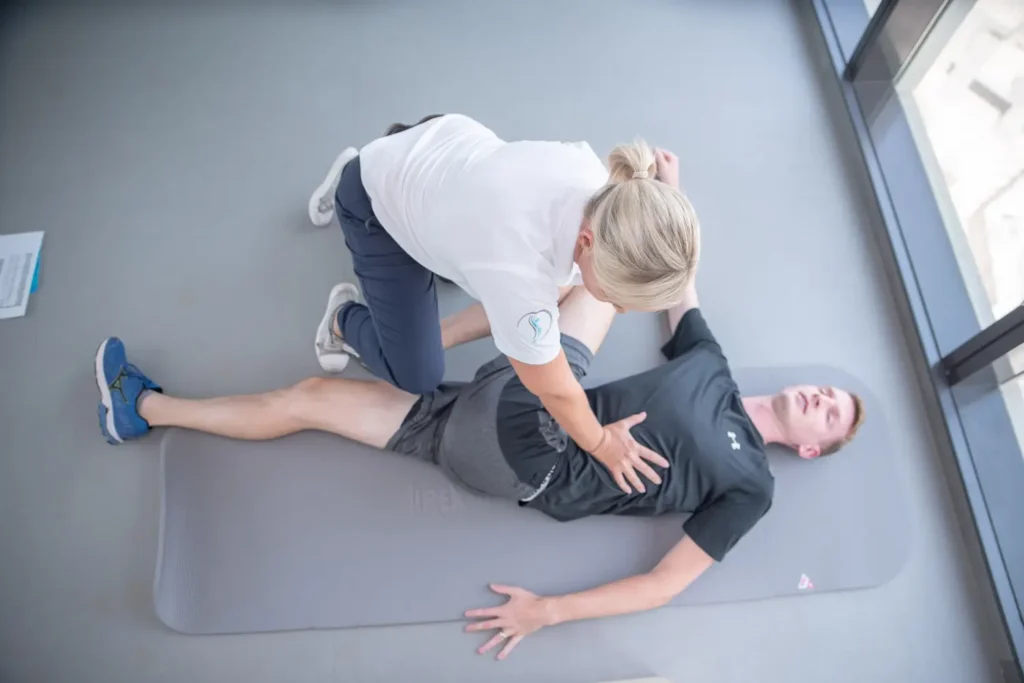
Finding Genuine Hip Pain Relief!
Physical therapy can help you identify the source of your hip discomfort in a safe and effective manner. Our physiotherapy services equip patients with the knowledge and tools needed to manage their pain and achieve long-term relief.
Initially, a licensed physiotherapist from Perfect Balance Physiotherapy will conduct a thorough assessment, including a detailed history of the pain, weakness, functional limitations, and relevant health and medical history.
They will then examine your hips for any structural damage or signs of misalignment. Your physiotherapist will also evaluate your gait, posture, balance, and range of motion.
Following your assessment, your physiotherapist will create a customized treatment plan tailored to your needs. This may include targeted manual therapy techniques, such as joint mobilizations, as well as specific exercises and stretches designed to relieve joint pain and enhance mobility.
Strengthening exercises will also be part of your treatment plan. Additionally, posture corrections and guidance will help you evenly distribute your weight, ensuring a complete restoration of function.
These methods enhance movement, providing the optimal environment for injured tissues to heal and reduce hip pain. With improved mobility, strength, and reduced pain, you’ll be back to enjoying your favorite activities in no time!
Schedule an appointment with Perfect Balance Physiotherapy today!
Seeking relief?
Contact Perfect Balance Physiotherapy today!
Start your path to long-term pain relief today!
Book an appointment with one of our skilled physiotherapists now.
